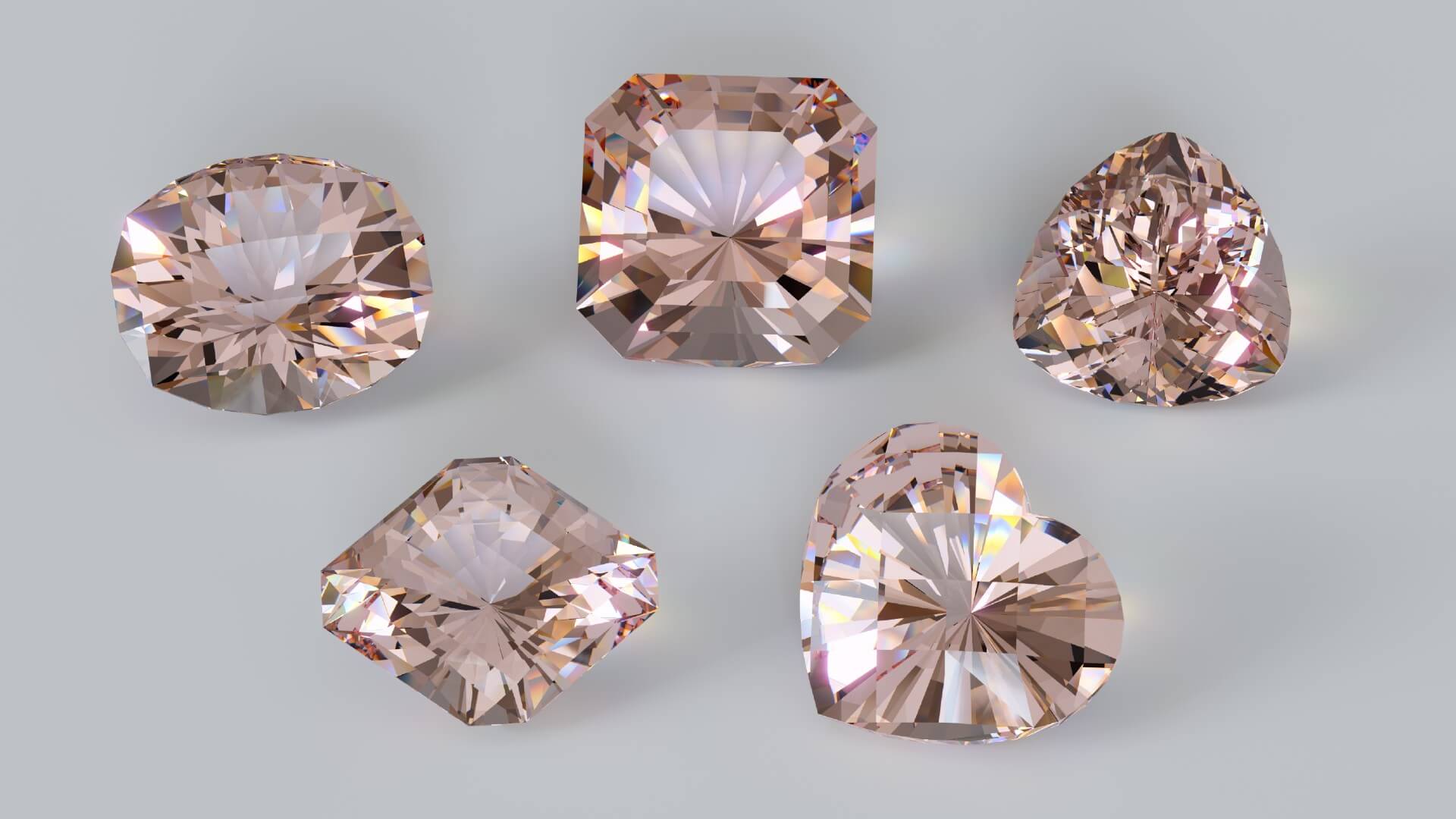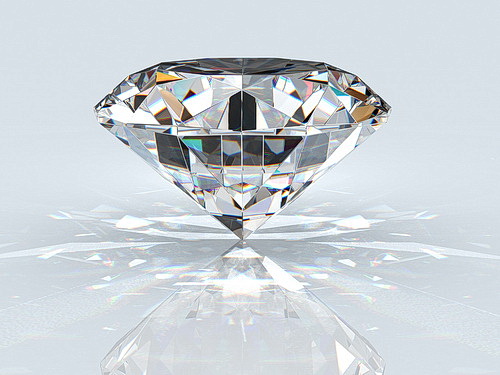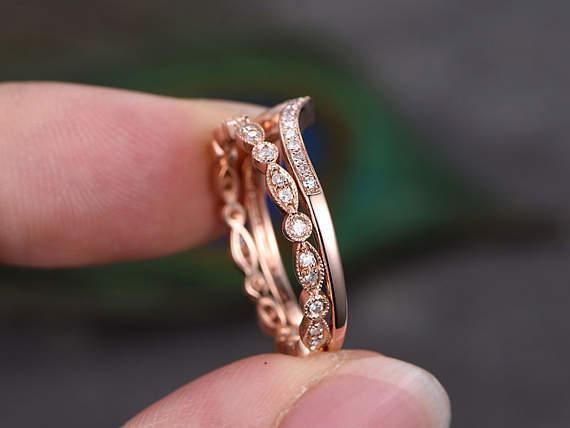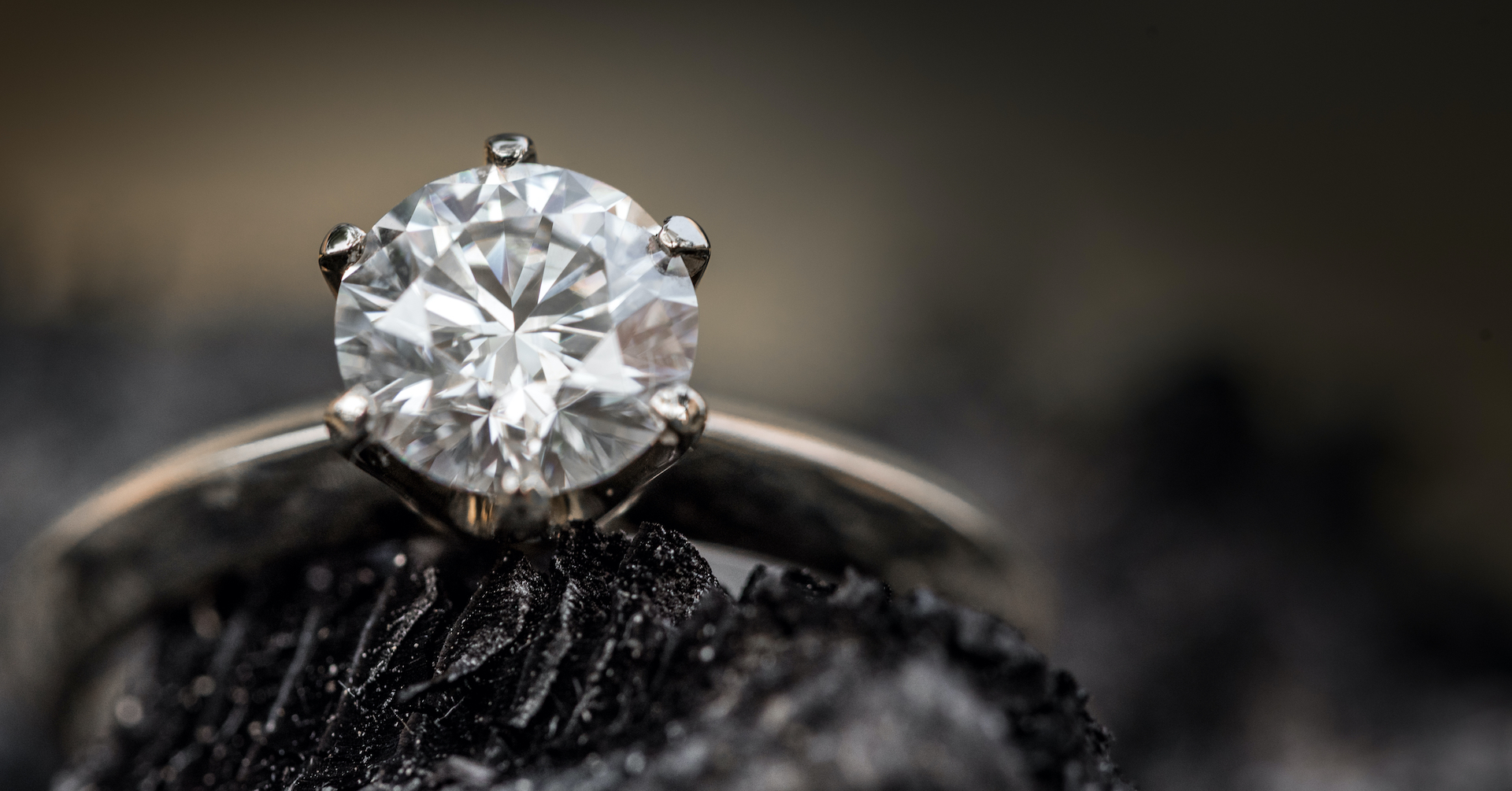When selecting a diamond substitute, many individuals seek beauty, durability, and ethical considerations. In this comprehensive guide, we delve into various diamond alternatives that satisfy these criteria, helping you make an informed decision for your jewelry needs.
Moissanite: The Premier Diamond Alternative
Moissanite, discovered by Dr. Henri Moissan in 1893, is a gemstone known for its exceptional brilliance and fire. Composed of silicon carbide, moissanite is nearly as hard as diamond, rating 9.25 on the Mohs scale.
Advantages of Moissanite
- Brilliance and Fire: Moissanite exhibits more fire than diamonds, displaying a colorful array of light.
- Durability: With a hardness of 9.25, moissanite is suitable for daily wear.
- Affordability: Typically less expensive than diamonds, offering significant savings without sacrificing beauty.
- Ethical Sourcing: Lab-created moissanite avoids the environmental and ethical issues associated with diamond mining.
Lab-Grown Diamonds: Ethical and Identical
Lab-grown diamonds are chemically and physically identical to natural diamonds. These diamonds are created using two methods: High Pressure High Temperature (HPHT) and Chemical Vapor Deposition (CVD).
Benefits of Lab-Grown Diamonds
- Identical Properties: Lab-grown diamonds possess the same brilliance, hardness, and durability as mined diamonds.
- Ethically Sound: These diamonds eliminate concerns over conflict diamonds and environmental impact.
- Cost-Effective: They are generally 20-40% less expensive than natural diamonds.
Cubic Zirconia: The Popular and Affordable Option
Cubic zirconia (CZ) is a synthetic gemstone that has been a popular diamond substitute for decades. Made from zirconium dioxide, CZ offers a diamond-like appearance at a fraction of the cost.
Key Features of Cubic Zirconia
- Affordability: CZ is the most budget-friendly diamond alternative.
- Variety of Colors: Available in various colors, allowing for customization.
- Accessibility: Widely available and used in a variety of jewelry pieces.
Drawbacks of Cubic Zirconia
- Durability: Softer than lab grown diamonds, with a Mohs hardness of 8-8.5, making it more prone to scratches.
- Brilliance: While sparkly, it lacks the same level of fire and brilliance as diamonds and moissanite.
White Sapphire: The Natural Alternative
White sapphires are a natural, durable gemstone option that can mimic the appearance of diamonds. Sapphires rank 9 on the Mohs scale, making them a durable choice.
Pros of White Sapphires
- Durability: Suitable for daily wear due to their hardness.
- Natural Origin: For those who prefer naturally occurring gemstones.
- Cost: Less expensive than diamonds but more costly than cubic zirconia.
Cons of White Sapphires
- Brilliance: Less brilliant than diamonds and moissanite.
- Maintenance: Requires frequent cleaning to maintain sparkle.
Emerging Alternatives: Synthetic Rutile and Titania
Two lesser-known diamond substitutes are synthetic rutile and titania, which offer unique properties and appearances.
Synthetic Rutile
- Refractive Index: Higher than diamonds, providing significant sparkle.
- Color: Often has a slight yellow or brown tint, making it less ideal for those seeking a colorless stone.
Titania
- Light Dispersion: Exhibits high light dispersion, creating a vivid display of colors.
- Softness: With a Mohs hardness of 5.5-6, it is prone to scratches and wear.
Conclusion: Choosing the Right Diamond Substitute
Selecting the right diamond substitute depends on various factors, including budget, desired appearance, durability, and ethical considerations. Moissanite and lab-grown diamonds stand out for their brilliance and ethical production, while cubic zirconia and white sapphires offer affordable and natural alternatives, respectively. Emerging options like synthetic rutile and titania provide unique characteristics for those exploring beyond traditional choices.
By understanding the distinct advantages and limitations of each option, you can choose a diamond substitute that aligns perfectly with your personal values and aesthetic preferences.





